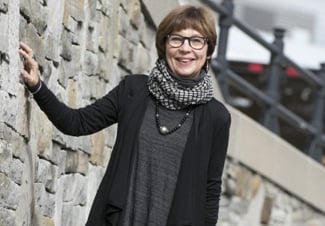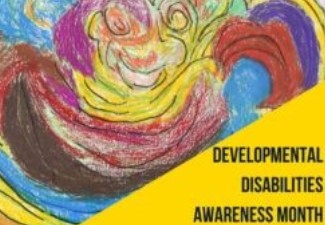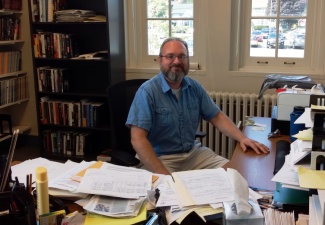Physics Club Sells 3-D Roses for Double H Ranch
On Valentine’s Day, SUNY Plattsburgh’s Physics Club used a new technology to romance the campus and raise money to help critically ill children attend camp.
Club members used the college’s new 3-D printer to make plastic roses, which they sold as a fundraiser for the Double H Ranch — a camp in Lake Luzerne that specializes in programs to help children dealing with life-threatening illnesses.
The roses raised $250.
The Physics Department received the 3-D printer in fall 2013 through an educational grant from SUNY Plattsburgh’s Feinberg Library.
The printer is used in the physics department as a way for the students to physically interact with their designs. It helps students craft stronger pieces of work by creating tangible projects and keeps them engaged, said Dr. Michael Walters, assistant professor in the Department of Physics.
“Often when designing, problems can arise that are not easily seen on a computer screen,” Walters said. “Holding it in their hand allows students to see where their design came up short. There is also a cool factor of actually holding something you have created.”
The 3-D printer works by using an additive process. Once a student constructs a series of cross sections to make a design, the printer puts down layers of liquid. These layers come together to create the final shape.
“The 3-D printer is a great introduction to the world of 3-D modeling,” said Dan Stowe, an engineering major and president of Physics Club. “The programs I use to interact with the printer are used professionally all over the world.
“Not only am I gaining experience with a tool that has many more functions than I'll ever use for now, but I consider the skills I've learned to be invaluable to the branch of engineering I would like to be involved in.”
Stowe sees the printer as a sophisticated technology soon to be found in more classrooms.
“I feel 3-D printers will revolutionize the way society works, and this one is giving me knowledge in regards to what direction our society is probably heading.”
News
Knelly Named Special Adviser to SUNY for Clinton Transition

Quebec Studies Presents Montreal Historian in Virtual Talk on 1913 School Strike

Campus Shines Light on Developmental Disabilities During Awareness Month and Beyond
Black Solidarity Day Officially Added to SUNY Plattsburgh’s Academic Calendar

SUNY Plattsburgh Political Science Professor to Zoom a Discussion on the Russian Invasion of Ukraine
